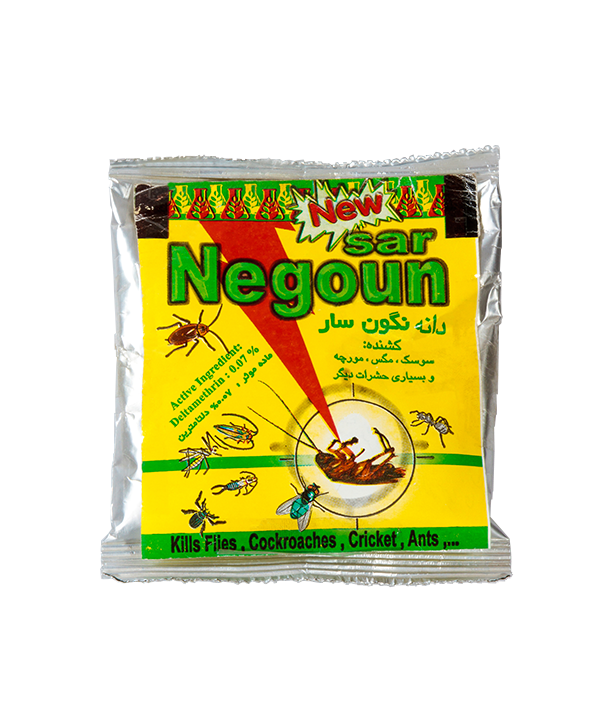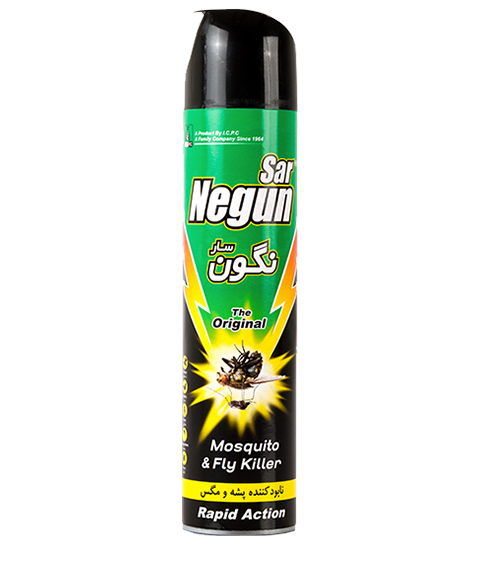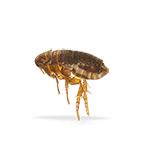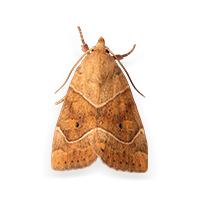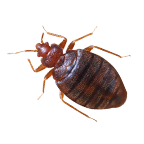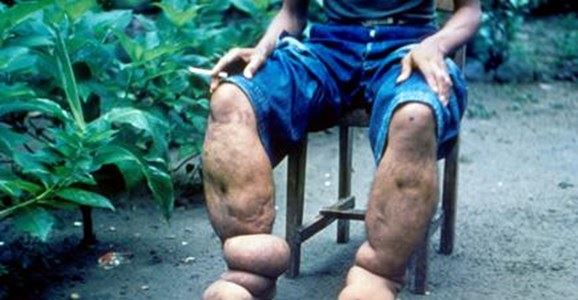 ABOUT FILARIASIS Filariasis is a tropical disease affecting over 120 million people worldwide. It is one of the diseases caused by mosquitos, and infects the body with tiny filarial worms. Where does it occur? Filariasis is endemic in approximately 81 countries across the world, mainly in India and Africa. Other regions include the Americas, South East Asia and the Pacific Islands. Filariasis Map Image source: “Lymphatic Filariasis Endemic Countries and Territories.” Lymphatic Filariasis Disease. May 2006. The Carter Center. 13 May 2006. http://www.cartercenter.org/healthprograms/program5.htm What are the filariasis symptoms? The majority of infections are asymptomatic, but if the condition worsens to acute or chronic stages of lymphatic filariasis, there is an onset of swelling which becomes painful and can cause permanent disability. Elephantiasis occurs in the later stages of lymphatic filariasis and causes swelling of the legs and genitals. Swelling across the body results from a change in the lymphatic glands. Severe inflammation of the skin, lymph nodes and lymphatic vessels. What causes filariasis? Mosquitos deposit filarial parasites into the human body with repeated bites. These larvae worms live in the human lymph system where they grow into adults and live in the body for between 6 – 8 years, mating and producing millions of larvae. How do you prevent filariasis? There is no vaccine so mosquito bite prevention is the best form of defense. Avoid the outdoors at dusk or dawn when the carriers are most active Sleep under an insecticide-treated mosquito net Wear long sleeved shirts and trousers that provide good skin coverage Avoid wearing strong perfume or cologne which could attract mosquitos How do you treat filariasis? Filariasis is one of the more painful and distressing diseases caused by mosquitos. Fortunately, there are drugs to combat the infection in its early stages and surgical methods for later, chronic stages to help drain the lymphatic system of its unwelcome residents. Disclaimer: The above information is to be used for educational purposes and not as medical advice. Please still take caution and seek a medical professional for further advice in regards to the above, especially if visiting prone areas.
ABOUT FILARIASIS Filariasis is a tropical disease affecting over 120 million people worldwide. It is one of the diseases caused by mosquitos, and infects the body with tiny filarial worms. Where does it occur? Filariasis is endemic in approximately 81 countries across the world, mainly in India and Africa. Other regions include the Americas, South East Asia and the Pacific Islands. Filariasis Map Image source: “Lymphatic Filariasis Endemic Countries and Territories.” Lymphatic Filariasis Disease. May 2006. The Carter Center. 13 May 2006. http://www.cartercenter.org/healthprograms/program5.htm What are the filariasis symptoms? The majority of infections are asymptomatic, but if the condition worsens to acute or chronic stages of lymphatic filariasis, there is an onset of swelling which becomes painful and can cause permanent disability. Elephantiasis occurs in the later stages of lymphatic filariasis and causes swelling of the legs and genitals. Swelling across the body results from a change in the lymphatic glands. Severe inflammation of the skin, lymph nodes and lymphatic vessels. What causes filariasis? Mosquitos deposit filarial parasites into the human body with repeated bites. These larvae worms live in the human lymph system where they grow into adults and live in the body for between 6 – 8 years, mating and producing millions of larvae. How do you prevent filariasis? There is no vaccine so mosquito bite prevention is the best form of defense. Avoid the outdoors at dusk or dawn when the carriers are most active Sleep under an insecticide-treated mosquito net Wear long sleeved shirts and trousers that provide good skin coverage Avoid wearing strong perfume or cologne which could attract mosquitos How do you treat filariasis? Filariasis is one of the more painful and distressing diseases caused by mosquitos. Fortunately, there are drugs to combat the infection in its early stages and surgical methods for later, chronic stages to help drain the lymphatic system of its unwelcome residents. Disclaimer: The above information is to be used for educational purposes and not as medical advice. Please still take caution and seek a medical professional for further advice in regards to the above, especially if visiting prone areas.
FILARIASIS
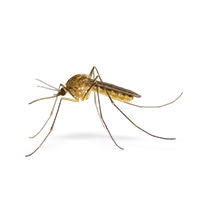
Suggested Products

